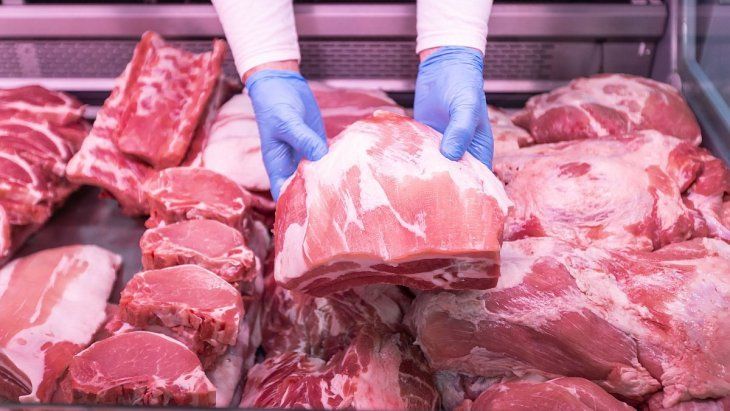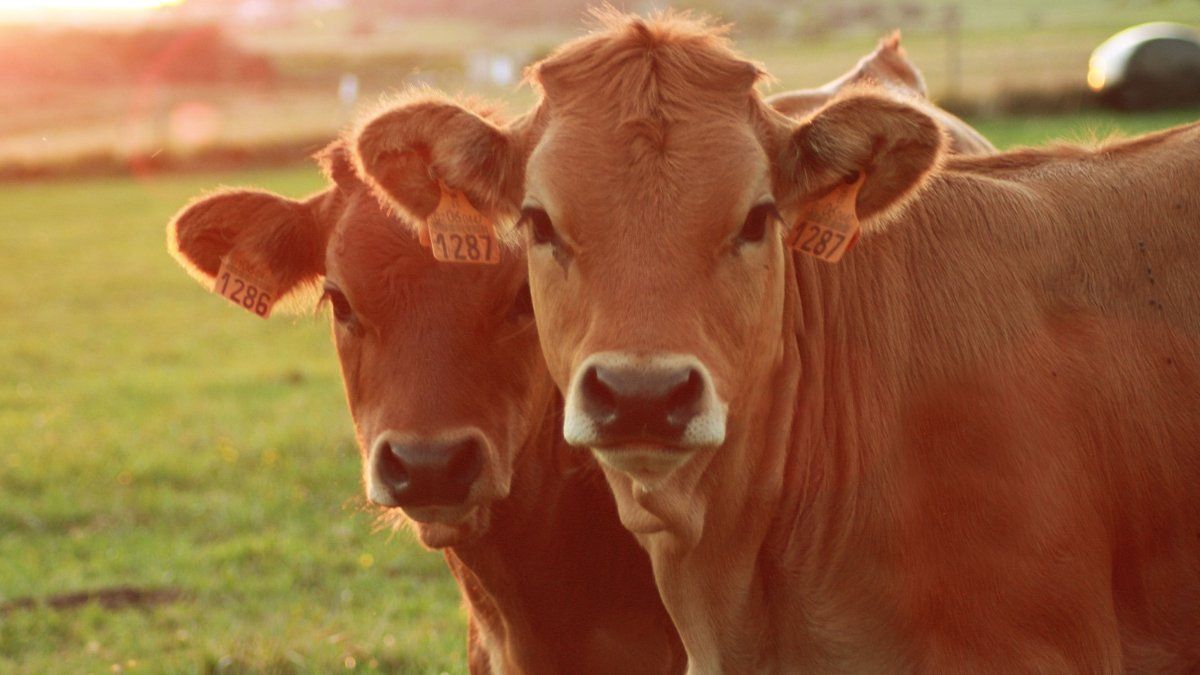The drought left major problems for livestock production. Now, experts warn that if a similar scenario repeats itself, the lack of grass could put the meat sector in the eye of the storm.
During 2023, we Argentines consume a lot meat, more than in previous years. This did not happen due to a government decision or a campaign that encourages the incorporation of more animal protein in the diet. Diet. The real reason has a scientific basis and is directly related to the terrifying drought that thousands of ranchers suffered, who were forced to sell their property badly in advance.
The content you want to access is exclusive to subscribers.
That is why the meatdespite the very high rates of inflation that were suffered (and still are suffered today) recorded practically no price increases within a period of almost 9 months. According to Miguel Schiaritti“meat was cheap compared to the rest of the other animal proteins, with which consumption increased by almost 8% during 2023. Now, if we measure year over year and take the data from February 2024, meat consumption fell by 9%”.


Meat: they estimate an adverse scenario due to the possible arrival of the drought
The fall of consumption It explains itself, based on the economic policy implemented in the last presidential period and was aggravated by the recent price increases and unchecked adjustments in the economy. That is the reason why there are no excessive price increases, because pockets are more than thin and there is no room to validate more increases on the shelves.
As confirmed Ambit, most refrigerators have meat in their chambers and it is very likely that prices will be kept at bay, because there is no demand. Even with the minimal gap that exists between the value of the official dollar and financial, the “roll” that many exporters did to pay a premium for the live kilo is over. The external market is also going through a critical moment, therefore there is no bidding between buyers and prices remain stable in the property markets.
meat.jpg

Depositphotos
Given this situation, meat processing plants (many of those that supply the domestic market and exports) could be trapped with no way out. It is that if this panorama continues with falling inflation The liquefaction of liabilities becomes impossible and foreign trade operators will suffer the real effects of the fall in prices in the domestic market. This could lead the industry to an even more complex situation, similar to that of convertibility, when dozens of companies in the sector closed.
Another variable that can ruin the game is the weather. According to Schiarittiif a Girl comes “we will all cry” because this year there are fewer females in the field and consequently we will have less meat.
The analyst’s explanation coincides with the data recently provided by the Agri-Food Health and Quality Service (SENASA)regarding the bovine stock figures as of December 31, 2023. According to what was published, the number of cattle in stock at the end of last year totaled 52,783,892 heads, which represents 1.5 million fewer animals or a decrease of 2.7% compared to the 54,242,595 cattle registered a year ago.
According to the official report, “all categories without exception registered falls.” In number of heads, the categories that lost the most were cows with 600 thousand heads (-2.6%) followed by calves with 444 thousand fewer heads (-2.9%), heifers 314 thousand (-4.1%) and To a lesser extent, males, both steers and steers, fell by 51 thousand and 41 thousand heads, respectively, a proportion that in the case of steers represents a 2.2% annual decline against less than 1% in steers.
Source: Ambito




